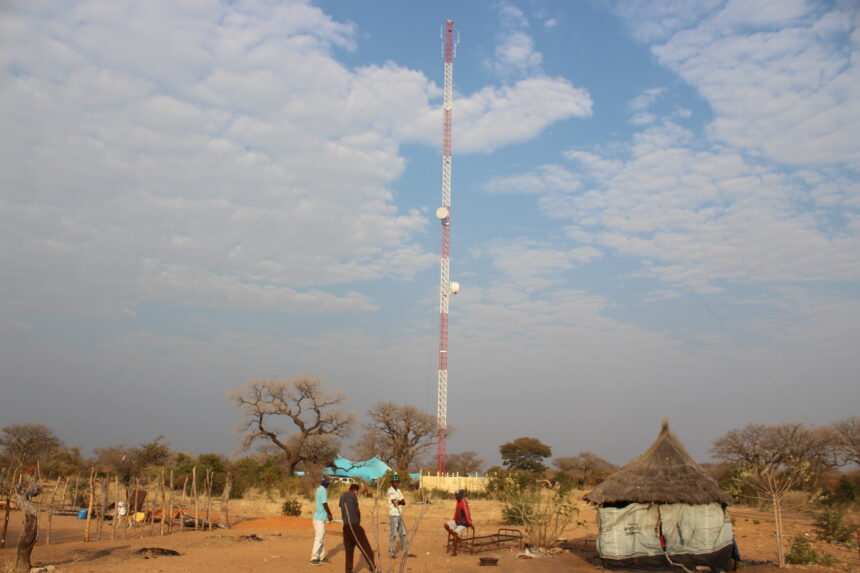Rudolf Gaiseb
The government has allocated N$120 million to roll out network and transmission
towers nationwide over a three-year period.
For the 2024/25 to 2026/27 financial years, N$35 million has been allocated in the first year, and N$40 million in the subsequent year. In the recent mid-term budget review, an additional N$45 million was allocated to increase coverage and bridge the digital divide.
Information ministry spokesperson Ngaevarue Katjanga spelt out the ministry’s efforts to increase digital capacity in the country through digital strategies. “The government’s efforts to bridge the digital divide are clear through policy initiatives such as Universal Access, whose main objective is to ensure equitable access through subsidised infrastructure and services,” she said.
The 2023 housing and population census report stated that 34.9% of households in Namibia have access to mobile internet connectivity.
In urban and rural areas, 50.3% and 16.2% of households, respectively, had access to mobile internet connectivity.
About 52% of the population above the age of three own a mobile phone, with 28.5% of those being smartphones.
Moreover, the Namibia Statistics Agency reported that 93% of the population has access to telecommunications networks.
“Bridging the digital divide requires a concerted effort from the government, the business sector and communities. It is not only about laying cables or erecting network towers, but also about fostering an inclusive digital culture that empowers all citizens. Initiatives must go beyond infrastructure to include the development of digital skills, the provision of affordable access, and the creation of relevant local content that encourages community participation in the digital world,” Katjangua added.
This holistic approach ensures digital inclusion efforts are sustainable and impactful, and cater for the needs of diverse communities.
Meanwhile, the Harambee Prosperity Plan highlights the challenges faced by the country, despite the search for solutions. This includes the unavailability of electricity infrastructure in semi-urban and remote rural areas, hindering both the provision and uptake of ICT services.
Although the government has over the years collaborated with the private sector and continues to redouble efforts to expand broadband infrastructure networks to connect remote areas, schools and hospitals, insufficient telecommunications’ backhaul infrastructure in very remote rural areas and low digital literacy levels’ constraints persist, Katjangua said.
Equally, the unit costs of rolling out infrastructure is high, and this has negatively influenced the affordability and price points of key services.
Economically, high import duty on ICT equipment and high fluctuations in exchange rates likewise push the cost of imported equipment higher, impacting affordability.
Namibia has a low digital literacy rate.
Katjangua stated that the ministry has proactively committed to address these challenges, ensuring that no community is left behind in the digital age through rural ICT centres (RICTCs), as digital technologies continue to evolve.
“This means continually assessing and addressing the emerging needs and barriers to access, including the latest developments in technology,” the official added.
RICTCs support bridging the ICT (network coverage) gap between urban and rural communities, enhancing e-government roll-out, and ensuring access and usage of ICT equipment and accessories by communities in remote rural areas.
These centres provide ICT services such as Internet access and Windows media centre services which include Photoshop, Microsoft Office and database access in education, health and agriculture.
This is not limited to basic graphic design services, sound and video editing services, multi-media coverage services, Public Address (PA) System services to the rural poor affordably, digital printing, photocopy, lamination and passport photo services and photography.
Katjangua said another initiative to improve connectivity is MTC’s “081 Every1” telecommunications project which provides network coverage to every citizen of the country. Launched in 2017 by Namibia’s telecommunications giant, it aims to provide 100% network coverage in Namibia, increase voice and data coverage, improve connectivity in rural areas, and make electricity more accessible in rural areas.


